Printable Parts Of A Venus Fly Trap The anatomy of the Venus flytrap can best be described by individually focusing on its various parts the flower roots leaf stalks and trap Venus Flytrap Plant Anatomy
Each trap of a Venus s flytrap only captures three or four insects before it dies The Venus s flytrap is a plant that traps and eats insects It belongs to a group of carnivorous or meat eating plants This group also includes sundews and pitcher plants Venus flytrap Dionaea muscipula also called Venus s flytrap perennial carnivorous plant of the sundew family Droseraceae notable for its unusual habit of catching and digesting insects and other small animals
Printable Parts Of A Venus Fly Trap
 Printable Parts Of A Venus Fly Trap
Printable Parts Of A Venus Fly Trap
https://i.pinimg.com/originals/10/71/3a/10713acbe9e2aefe9be13ab2a58c9da8.jpg
Stages and timing of the Venus flytrap carnivory process Knowable Magazine Closeup of one of the hinged trigger hairs The Venus flytrap is one of a very small group of plants capable of rapid movement such as Mimosa pudica the Telegraph plant starfruit sundews and bladderworts
Templates are pre-designed files or files that can be utilized for different functions. They can save effort and time by supplying a ready-made format and layout for developing various kinds of material. Templates can be used for individual or professional jobs, such as resumes, invites, leaflets, newsletters, reports, presentations, and more.
Printable Parts Of A Venus Fly Trap

Alphabet Coloring Pages Coloring Sheets Coloring Pages For Kids Cute

Plants Similar To Venus Fly Trap Images
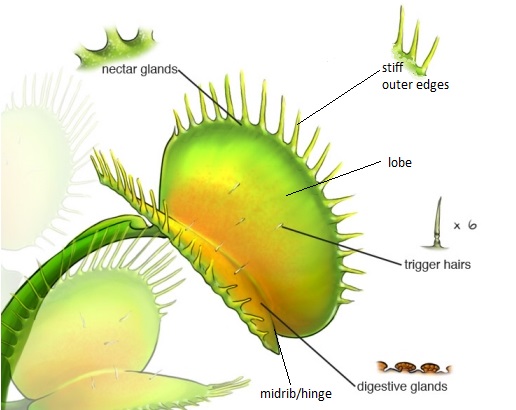
Secrets Of The Rapid Snapping Mechanism Of A Venus Fly Trap

Venus Fly Trap ClipArt ETC
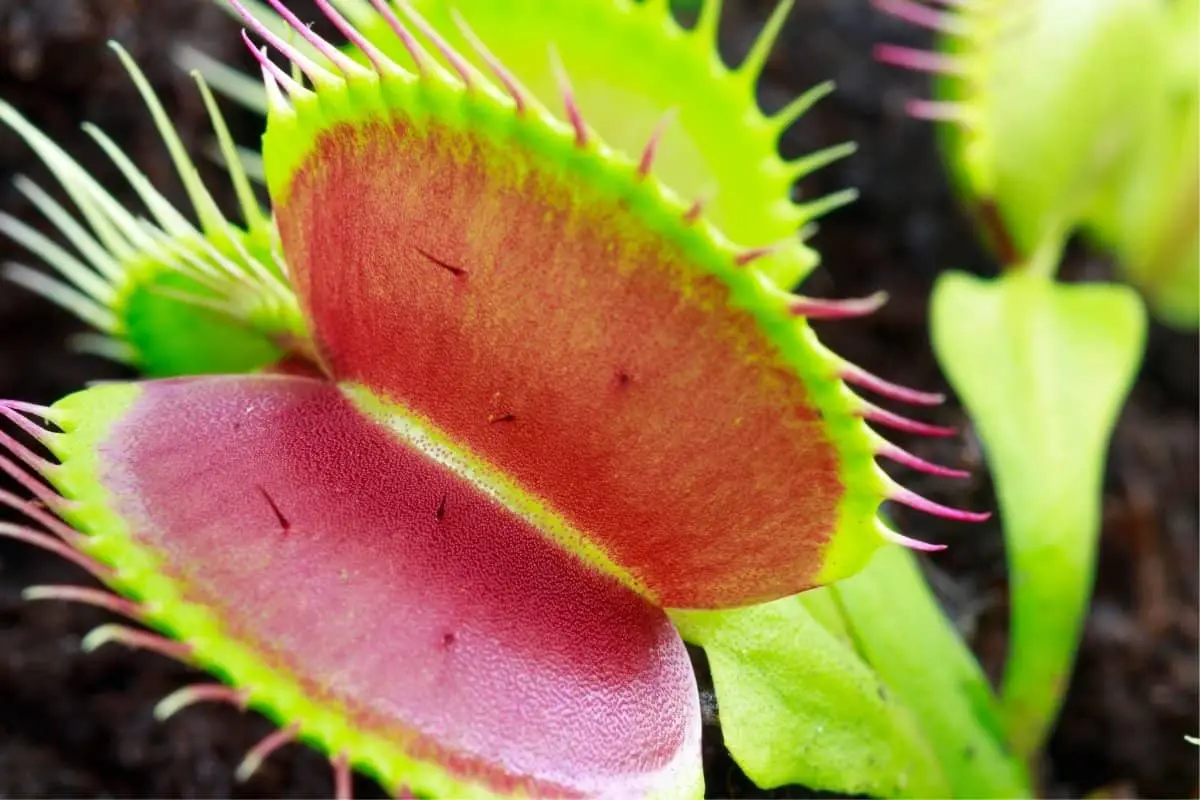
How To Care For A Venus Fly Trap Gardening Dream
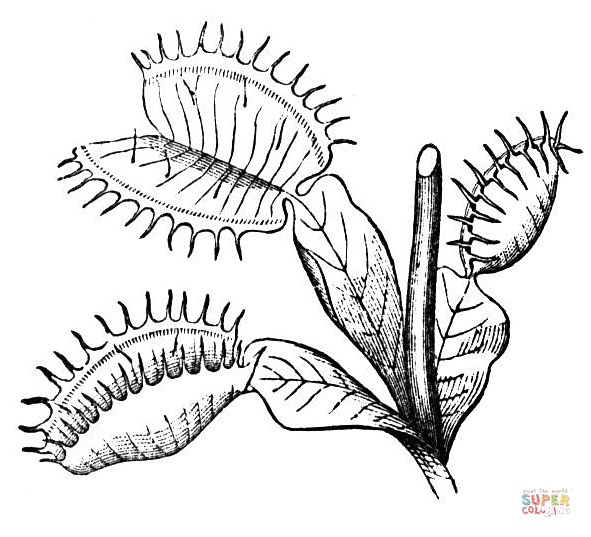
Venus Fly Trap Coloring Page Clip Art Library

https://www.venusflytrap.com/venus-flytraps/what-are-the-different
What are the different anatomical parts of the Venus Flytrap Leaves The Venus flytrap has two modified leaves that form the trap Each leaf has two halves called lobes Trigger hairs Each lobe has three trigger hairs on its inner surface When an insect touches the trigger hairs it stimulates the trap to close

https://www.hunker.com/13428289/parts-of-a-venus-fly-trap
Venus fly traps have two leaf parts a leaf base and a leaf blade A Venus fly trap grows out of the ground with its broad and flat leaf base which carries out photosynthesis Trapping Mechanism
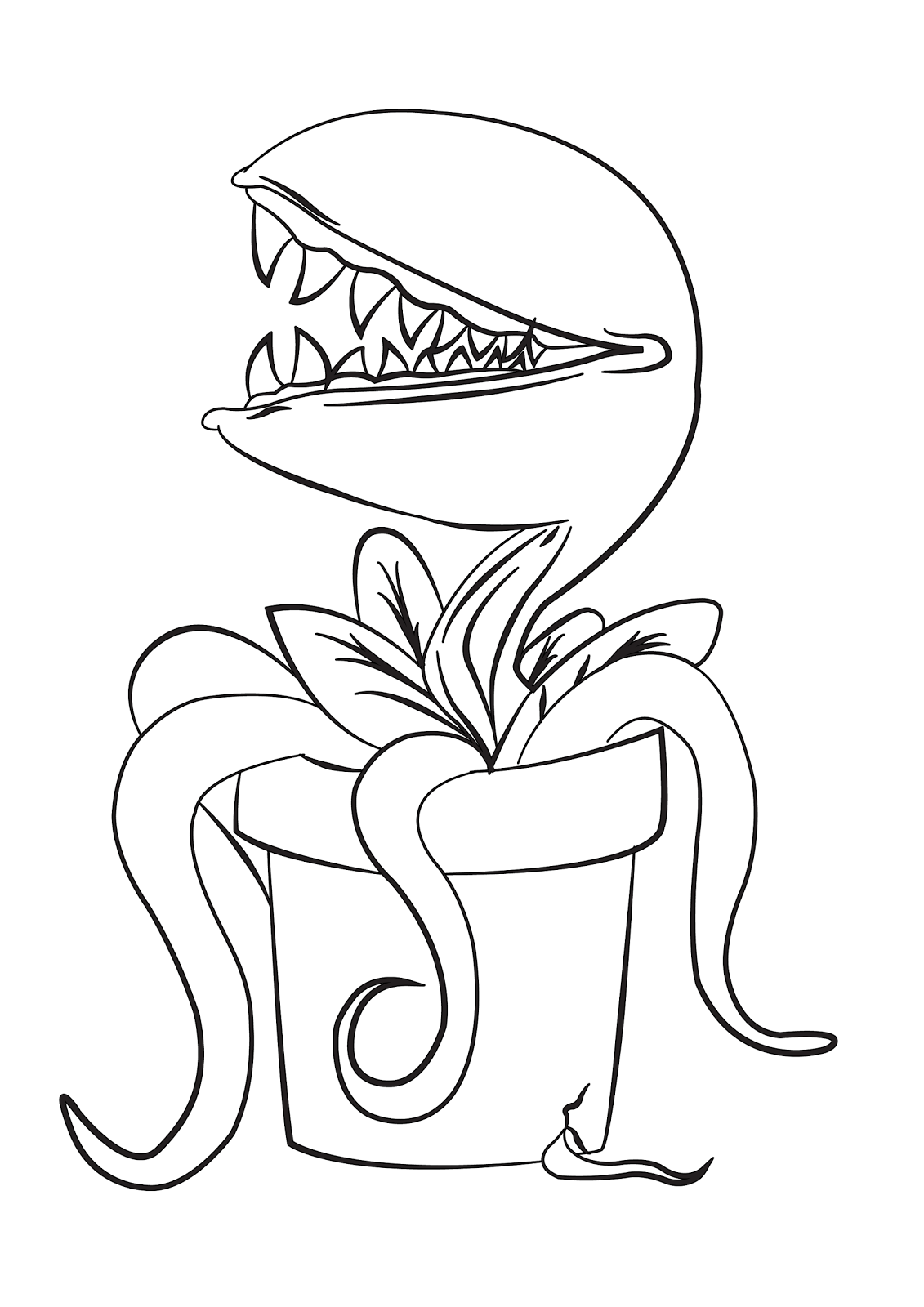
https://www.gardenguides.com/98208-parts-venus-fly-trap.html
Rhizome Venus fly traps have roots that are called rhizomes These are actually part of the plant s stem that grows horizontally under the ground Small root hairs grow from the bottom of the rhizome while shoots sprout up from the upper portion of the rhizome The rhizomes can spread and branch off forming new plants near the original

https://www.nwf.org//Wildlife-Guide/Plants-and-Fungi/Venus-Flytrap
Classification Plant Description The Venus flytrap is a flowering plant best known for its carnivorous eating habits The trap is made of two hinged lobes at the end of each leaf On the inner surfaces of the lobes are hair like projections called trichomes that cause the lobes to snap shut when prey comes in contact with them
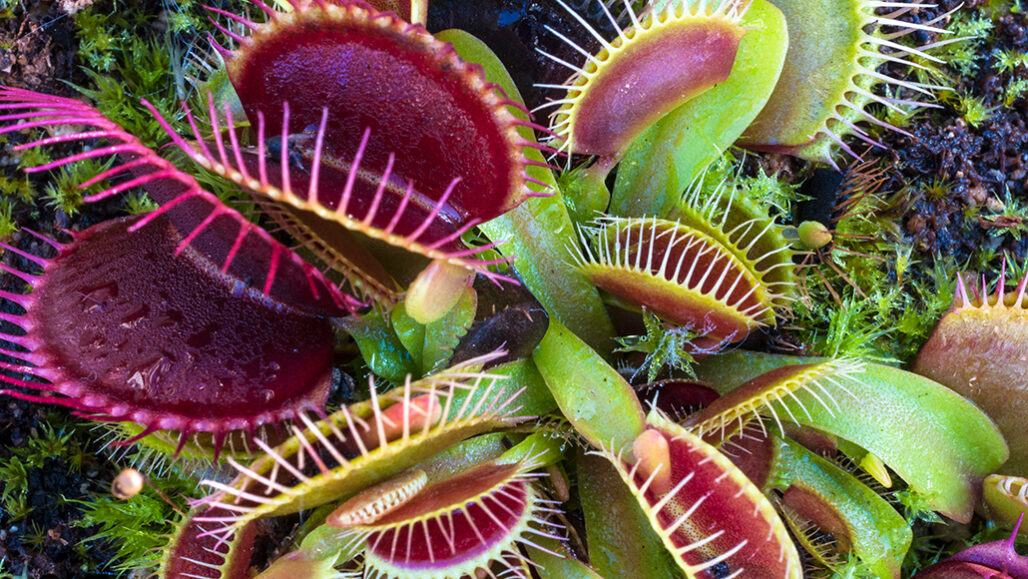
https://www.gardenguides.com/13428289-parts-of-a-venus-fly-trap.html
The two leaf parts of a Venus fly trap the leaf blade and leaf base are joined together by a small stalk called the petiole The Venus fly trap also known as Dionaea muscipula is a carnivorous plant that can be grown indoors our outdoors Gardening enthusiasts enjoy growing Venus fly traps because they are unlike any other
The Venus fly trap Dionaea muscipula is surely one of the world s most unusual looking plants People grow it not because of what it looks like but because of what it does It eats flies This fact makes it one of the most fun plants to grow especially for children who may watch it for hours as it dines Specifically in the Venus flytrap there is electrical communication between the trigger hairs in the center of each lobe towards the midrib the part of the trap where the two lobs come together and where the trap is connected with the rest of the leaf The nature of this electrical signaling explains why 2 stimulations are required and why
Use these Venus flytrap Life Cycle Printables to create fun hands on learning activities your students will love This set includes detailed images that clearly demonstrate the life cycle of a Venus flytrap plant Children will learn vocabulary for the stages of a Venus flytrap life cycle